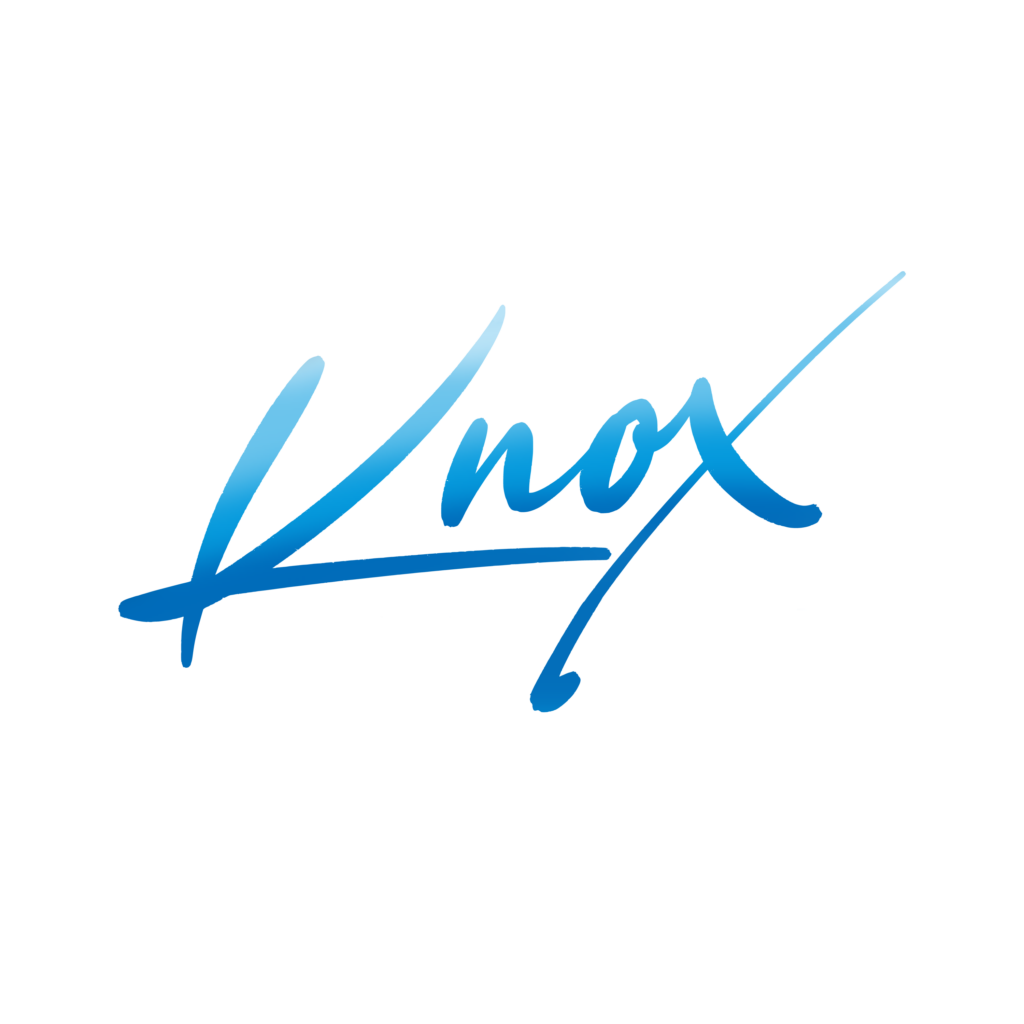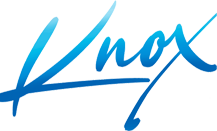Strategic Effects: A Mindset for Real Change
Introduction: Why Strategy Alone Isn’t Enough
Every leader talks about strategy. But in practice, strategy without execution is just noise. And execution without alignment is chaos. That’s where Strategic Effects comes in. It’s not just a framework. It’s a mindset. A method for building trust, gathering insights, positioning for momentum and executing with purpose—without forcing change on people.
Most consulting approaches are transactional. Strategic Effects is relational. It doesn’t drop in with answers. It listens first. It doesn’t shove change down throats. It co-creates the right change, in the right way, with the people who will live with the results.
What is Strategic Effects?
At its core, Strategic Effects is about making change stick by working smarter, not louder. It relies on five distinct phases:
- Observe
- Step back. Take in the full picture. Not just metrics and dashboards, but how people actually behave. What’s said in the hallway, not just the boardroom.
- Orient
- Make sense of what you’re seeing. Look for patterns, pain points, power centers and pressure valves. This is where the fog clears.
- Analyze
- Deep-dive into the data, the context, and the political landscape. Identify leverage points. Understand root causes, not just symptoms.
- Act
- Move deliberately. Build alignment, test solutions, create momentum. Change isn’t an event; it’s a series of intelligent, strategic nudges.
- Repeat
- Adjust, refine, and do it again. Strategic Effects is cyclical. Each pass uncovers more insight and makes the next decision sharper.
This isn’t a flavor-of-the-month methodology. It’s how real progress is made in systems where politics, fear and resistance are part of the equation.
Why This Approach Works
Most consultants enter like the experts. Strategic Effects consultants enter like allies.
We don’t tell people what to do. We show them what’s possible and invite them into the process. That shift alone diffuses resistance. Here’s why it works:
- People don’t resist change. They resist being changed. Strategic Effects honors that.
- It builds credibility fast. By listening, observing, and reflecting what’s true, we establish trust before we ask for movement.
- It’s politically intelligent. In every organization, there are informal power brokers. Strategic Effects identifies them early and brings them in.
- It positions the consultant as one of their own. We speak their language. We look for what’s already working and build from there.
- It reduces friction. Because the change isn’t top-down; it’s co-owned.
A Different Kind of Consulting
Traditional consulting says: Here’s a problem. Here’s the answer. Good luck.
Strategic Effects says: Let’s walk the halls. Let’s ask questions. Let’s understand where the friction is. Let’s align to the vision. Then let’s move together. L
We’re not trying to prove how smart we are. We’re trying to make smart change actually happen.
Building Buy-In, Not Just Buy-Out
Organizations waste millions on strategies that sound good on paper but die in the real world. Why? No buy-in. People don’t adopt what they didn’t help build.
Strategic Effects builds buy-in from the ground up:
- Early wins are co-created with frontline influencers.
- Messaging comes from internal champions, not outsiders.
- Feedback loops are built into every step.
- We show progress visibly, consistently.
This isn’t change theater. It’s change people can feel. And that creates momentum.
The Power of Observation
Most of what matters isn’t in the org chart. It’s in the relationships. The way decisions really get made. The way teams navigate stress.
That’s why “Observe” comes first. We don’t assume. We watch. We listen. We sit in meetings. We hear the tension under the surface. We read the room, not just the slides.
In many cases, the solution reveals itself during this phase—not because we delivered it, but because we uncovered it.
From Orientation to Impact
Orientation isn’t just a compass check. It’s the moment when chaos turns into clarity.
It helps us:
- Understand unspoken dynamics
- Identify the real decision-makers
- Recognize institutional scar tissue
Once we’re oriented, the analysis has context. We’re not throwing darts. We’re targeting real problems.
The Role of Strategic Nudges
Most big changes fail because they try to do too much, too fast.
Strategic Effects favors strategic nudges over sweeping mandates:
- Shift a policy here.
- Empower a champion there.
- Reframe a problem publicly.
These small moves create ripple effects. And over time, they build a wave.
Why Repeating the Cycle Matters
Organizations evolve. One iteration is never enough. It’s never one-and-done. That’s why “Repeat” is baked in.
Each loop around the framework:
- Surfaces new intel
- Refines your hypothesis
- Expands buy-in
It’s agile, but anchored. Strategic, but flexible. That’s what makes it sustainable.
Conclusion: Change Doesn’t Happen by Accident
If you want transformation, you need more than a strategy deck. You need:
- A way to understand the system
- A method to engage the people
- A mindset to stay adaptive
That’s Strategic Effects.
It’s how you build real momentum. How you earn trust. How you make change stick.
And it’s how you prove that consulting doesn’t have to be pushy to be powerful.



